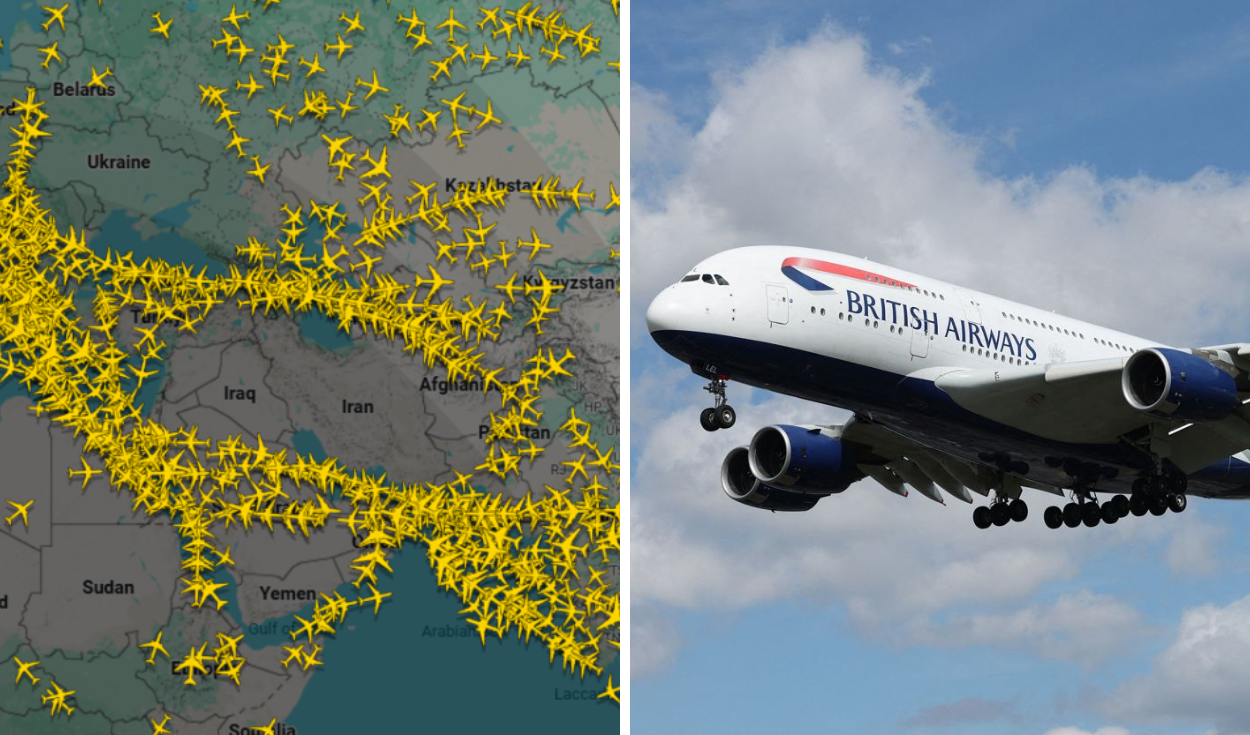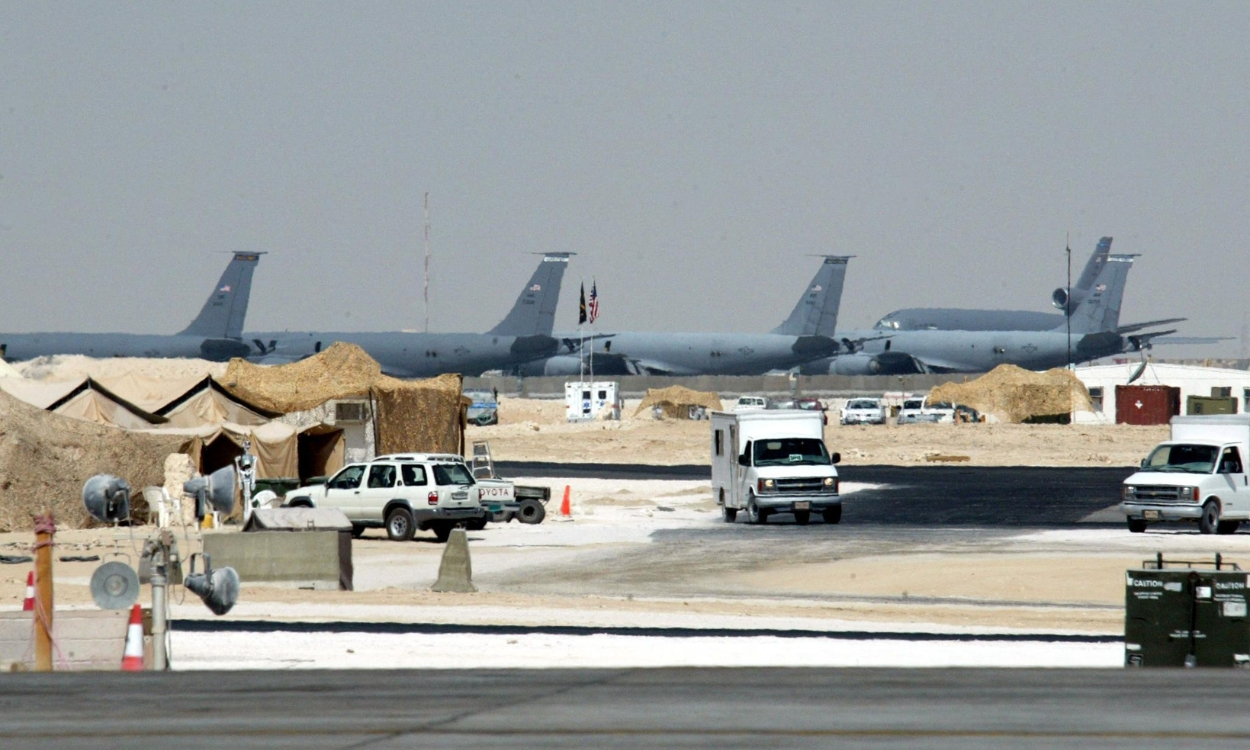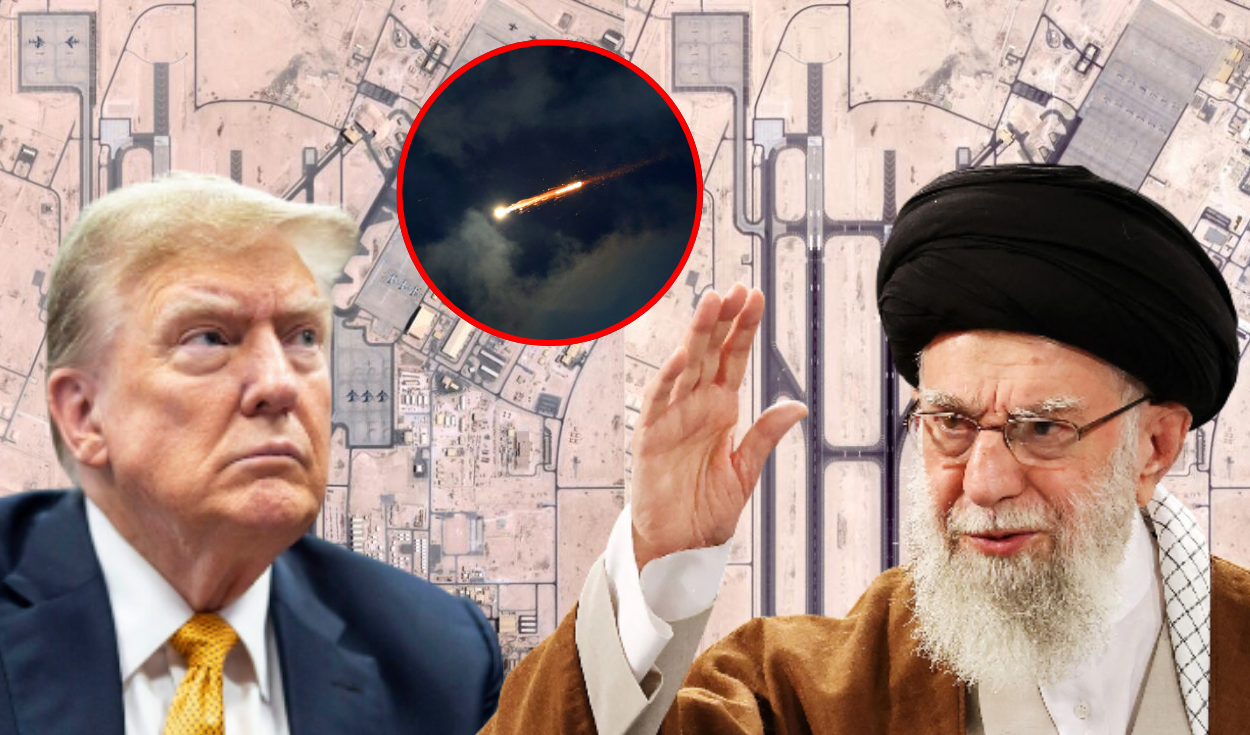Top Iranian Commanders killed in Israel’s precision airstrikes, including IRGC Chief Salami
Israel's targeted airstrikes eliminated key Iranian military figures, including IRGC Chief Hossein Salami, in a major blow to Tehran’s defense leadership and nuclear ambitions.
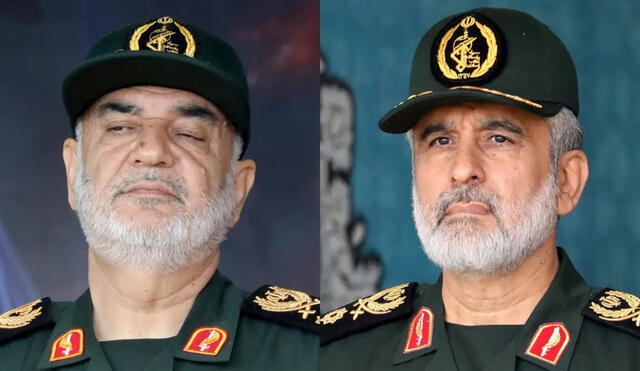
Israel conducted a series of targeted airstrikes that killed a number of Iran's highest-ranking military leaders. They included the Revolutionary Guard's commander-in-chief, General Hossein Salami, and Generals Amir Ali Hajizadeh, Mohammad Bagheri, and Gholamali Rashid. These men were key to the Iranian military command structure, and their deaths are a significant blow to the regime. The attack was carried out as part of an extended-planned Israeli covert operation. The report induced shock in and outside Iran.
In addition to senior military leaders, the Israeli attack killed a minimum of six Iranian nuclear scientists. Among them were a few of the most prominent: Fereidoun Abbasi, the former head of the Atomic Energy Organization of Iran, and Mohammad Mehdi Tehranchi. These fatalities may leave the Iranian nuclear program well behind. It was a surgical and precise strike against Iran's weapons-scientific complex. The damage extends beyond symbolic: it undermines the credibility of the nation's strategic ability.
Israel strikes Iran to stop nuclear threat in ‘rising lion’ operation
Israeli officials stated the operation was a pre-emptive attack to halt the progressing Iranian nuclear threat. This operation, named "Operation Rising Lion," was intended to halt Iran's nuclear weapons program development and disrupt its military structure from the top. The strike came after years of diplomatic deadlock and international alerts. With this action, Israel sought to restore its national security creed in light of threats against its survival. The global community is waiting closely to see the implications of this attack.
The operation only became possible after decades of penetration, espionage, and coordination by the Mossad. Israeli agents were capable of infiltrating and introducing arms, dropping drones, and planting intelligence inside Iranian borders. When the attack was initiated, these overall networks facilitated pin-point attacks on nuclear facilities like Natanz. Installation involved hiding missiles inside rock formations, introducing an element of surprise. This covert logistics indicates the reach of the Israeli intelligence machine.
Iran launches drone and missile barrage after Israeli strikes, escalating war fears
Iran quickly struck back by launching 100 to 200 drones and ballistic missiles into Israeli airspace. Although many were downed by the Iron Dome missile defense system, the attack pushed regional tensions to a fever pitch. Israeli airspace was shut down, and troops were deployed elsewhere. The United States, the United Kingdom, France, Russia, and the United Nations all issued emergency calls for de-escalation. But fears of a complete war in the Middle East are growing.
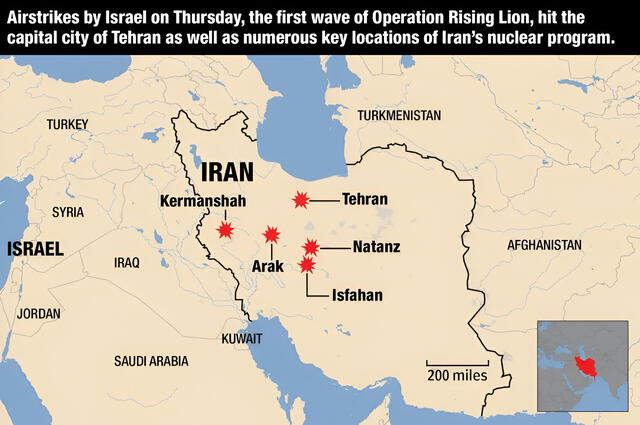
Map showing key Iranian targets hit by Israeli airstrikes on June 13, 2025, including Natanz and other strategic military and nuclear sites. Photo: The New York Post
Staring at the loss of its strongest commanders, Iran rapidly replaced them with new bosses like Mohammad Pakpour and Abdolrahim Mousavi. Although the Iranian military regime is trying to rebuild itself, the strategic impact of the campaign is enormous. Iran's deterrent has been broken, and the fate of its nuclear goals hangs uncertain.








